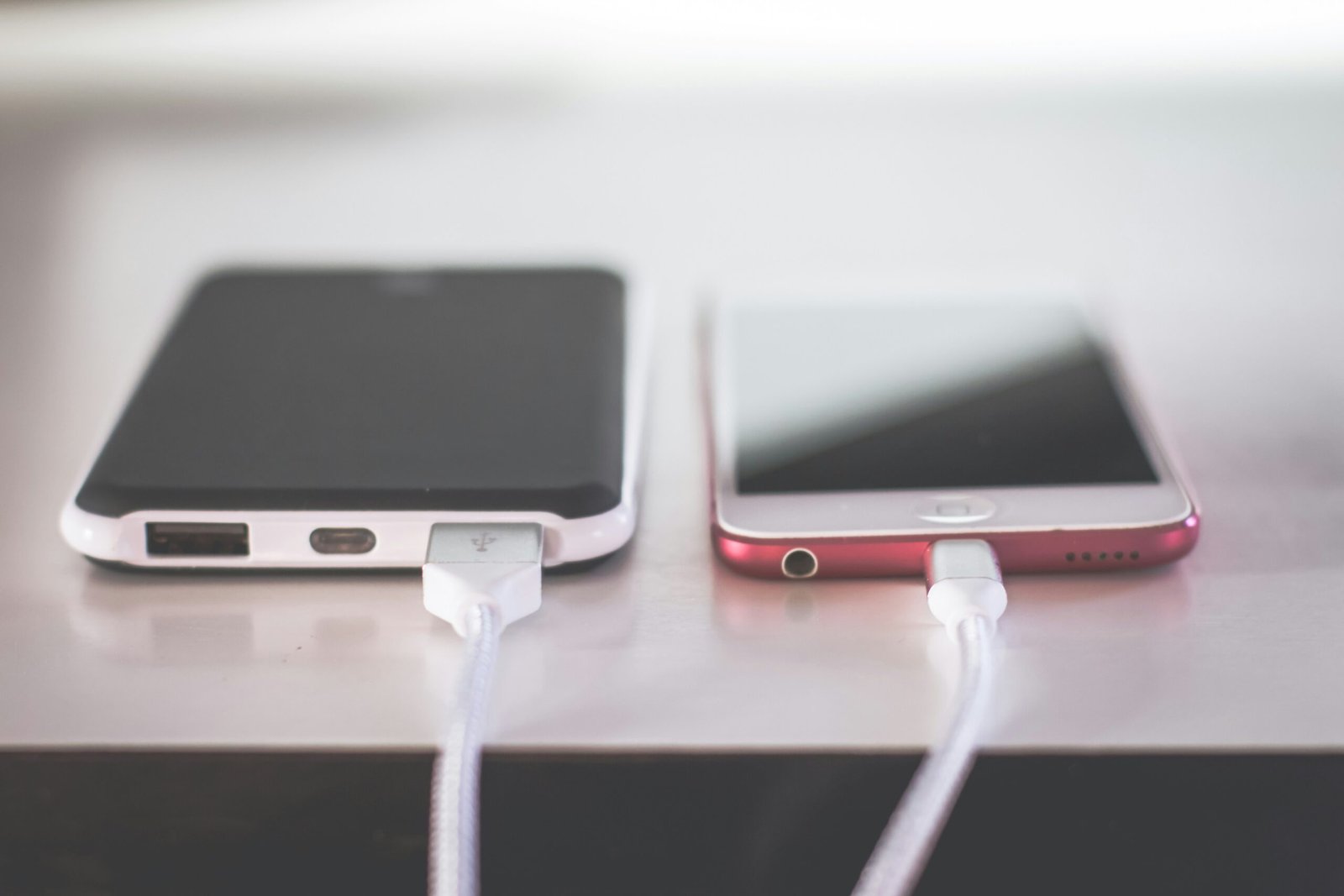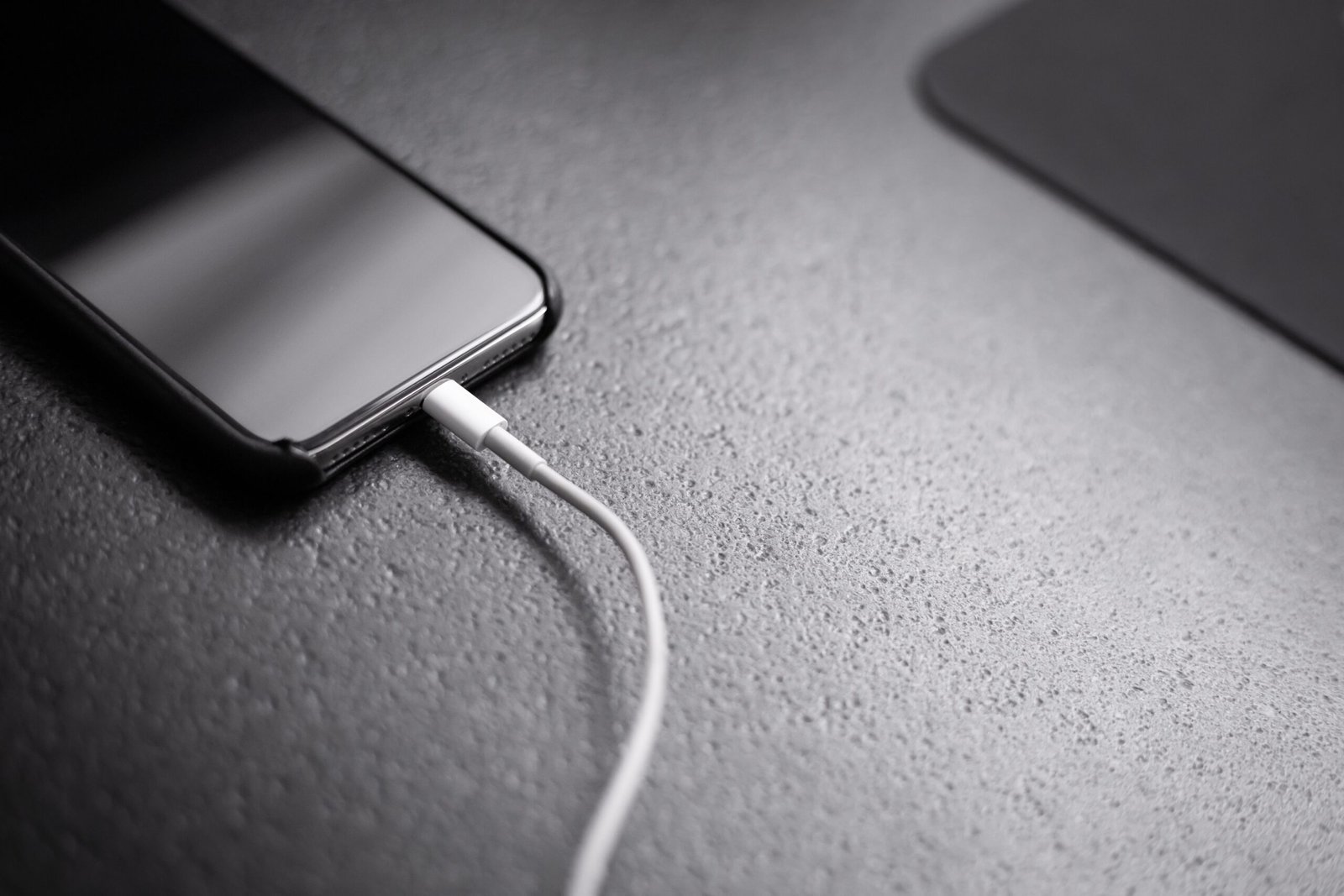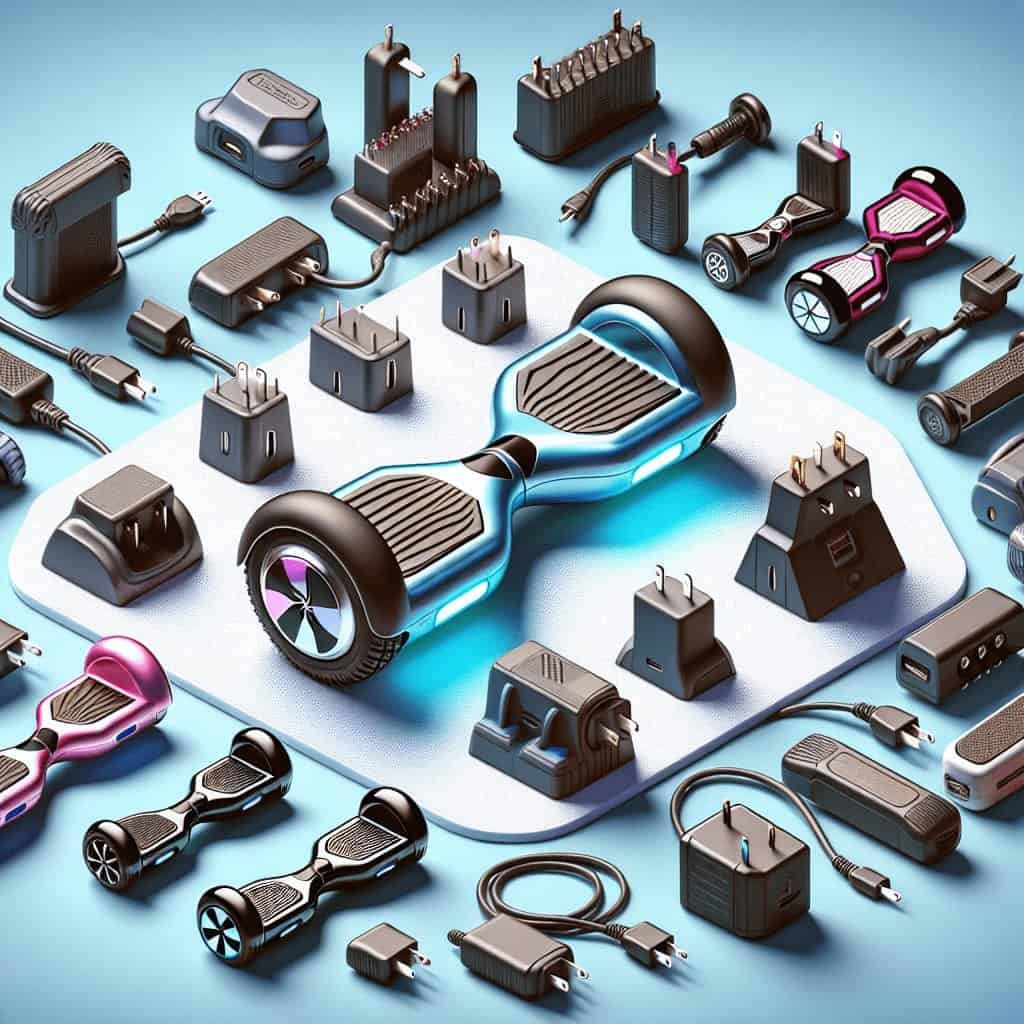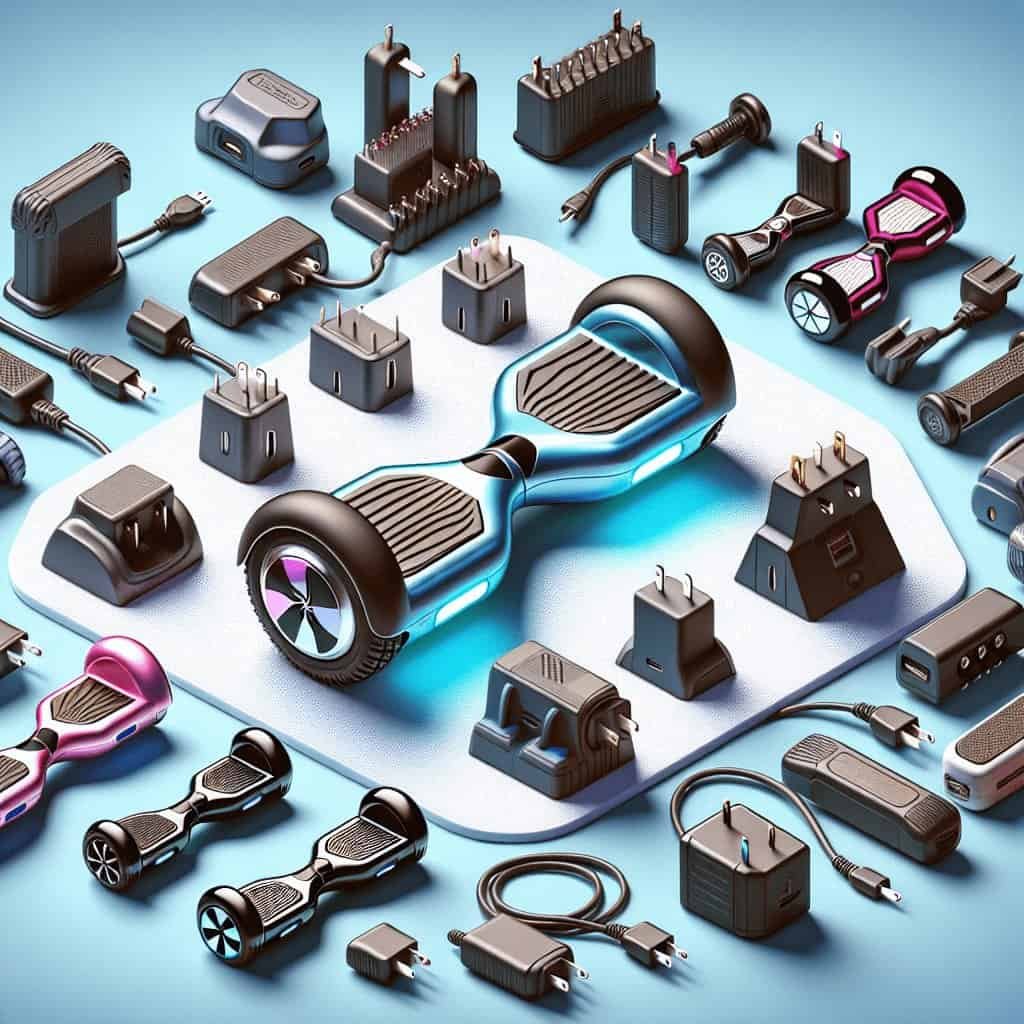Are you a proud owner of a hoverboard but unsure about the charger compatibility? Well, fret not! In this article, we will explore the question of whether you can use any type of charger for your hoverboard, or if it has to be the manufacturer’s. We understand that finding the right charger can be confusing, so we aim to provide you with a clear answer to set your mind at ease. So, let’s dive in and discover the truth about hoverboard chargers!

Understanding Hoverboard Chargers
What is a hoverboard charger?
A hoverboard charger is a device that is used to recharge the battery of a hoverboard. It is specifically designed to provide the correct voltage and amperage needed to safely charge the hoverboard’s battery.
How does a hoverboard charger work?
A hoverboard charger works by converting the electrical current from a wall outlet into the appropriate voltage and amperage required by the hoverboard’s battery. The charger typically has a plug that is inserted into the charging port on the hoverboard, and it delivers a steady flow of electricity to gradually recharge the battery.
Why is the charger important for the hoverboard?
The charger plays a crucial role in maintaining the performance and lifespan of a hoverboard. Using the correct charger ensures that the battery is charged safely and efficiently, preventing overcharging or undercharging which can both have negative effects on the battery. Additionally, using a compatible charger reduces the risk of damage to the hoverboard’s electrical components and enhances overall safety.
Compatibility Between Chargers and Hoverboards
Can I use any type of charger for my hoverboard?
While it may be tempting to use any charger that fits into the hoverboard’s charging port, it is important to understand that not all chargers are compatible with all hoverboards. Using an incompatible charger can have serious consequences for both the hoverboard and the charger itself.
Is it necessary to use the manufacturer’s charger?
Using the manufacturer’s charger is highly recommended. Manufacturers design their chargers specifically for their hoverboards, ensuring that the charger provides the correct voltage and amperage for optimal performance and safety. Using the manufacturer’s charger is the best way to ensure that your hoverboard is being charged properly and that you are minimizing any potential risks.
What are the risks of using a non-manufacturer charger?
Using a non-manufacturer charger can pose several risks. The primary risk is that the charger may not provide the correct voltage and amperage for the hoverboard’s battery, which can result in overcharging or undercharging. This can lead to reduced battery life, decreased performance, and even safety hazards such as fires or explosions. Additionally, using a non-manufacturer charger can void any existing warranty on the hoverboard.
Are there any hoverboards that have interchangeable chargers?
While some hoverboards may have interchangeable chargers, it is important to check with the manufacturer to confirm compatibility. Interchangeable chargers should still meet the voltage and amperage requirements specified by the manufacturer to ensure safe and proper charging.
Are there any universal chargers available for hoverboards?
While there is no one-size-fits-all universal charger for hoverboards, there are some third-party chargers that are designed to be compatible with multiple hoverboard models. These chargers are often certified by regulatory bodies to ensure they meet safety and quality standards. However, it is still essential to verify compatibility and follow the manufacturer’s guidelines before using a third-party charger.

Understanding Manufacturer’s Chargers
What is a manufacturer’s charger?
A manufacturer’s charger is the charger specifically designed and provided by the manufacturer of the hoverboard. It is engineered to meet the voltage and amperage requirements of the hoverboard’s battery, ensuring safe and efficient charging.
Why do manufacturers recommend using their charger?
Manufacturers recommend using their charger to ensure that the hoverboard is charged correctly and safely. By using the manufacturer’s charger, you can have peace of mind knowing that the charger is designed specifically for your hoverboard model, reducing the risk of damage to the battery or other electrical components. It also allows the manufacturer to maintain control over the quality and performance of your charging experience.
Can using a manufacturer’s charger improve performance?
Using the manufacturer’s charger may not necessarily improve the performance of the hoverboard itself. However, it can help maintain the intended performance by ensuring the battery is charged correctly. Charging the hoverboard with the manufacturer’s charger helps to prevent issues such as overcharging or undercharging, which can negatively impact the performance and overall lifespan of the hoverboard.
How to identify a manufacturer’s charger?
To identify a manufacturer’s charger, you can look for the brand name or logo on the charger itself. The charger may also have specific markings or labels indicating that it is compatible with a particular hoverboard model or brand. If you are unsure, it is always best to reach out to the manufacturer directly for verification.
Charging Port Compatibility
What is a charging port?
A charging port is the opening on the hoverboard where the charger is plugged in to recharge the battery. It is typically located on the side or bottom of the hoverboard and is designed to accept a specific type of charger plug.
How does the type of charging port affect charger compatibility?
The type of charging port on a hoverboard can vary depending on the manufacturer and model. Some hoverboards may have a proprietary charging port, while others may use a more standardized port such as a USB or DC jack. The type of charging port directly affects charger compatibility, as the charger plug must match the port for successful charging. Using a non-compatible charger plug can damage the charging port or result in an unreliable connection.
Is it possible to modify the charging port to accommodate a different charger?
Modifying the charging port to accommodate a different charger is generally not recommended. The charging port and the charger plug are designed to work together to provide a safe and efficient charging experience. Modifying the charging port can lead to compatibility issues, poor electrical connections, and increased risk of damage to the hoverboard or the charger. It is always best to use the charger and charging port that are specifically designed for each other.

Voltage and Amperage Requirements
What are the voltage and amperage specifications for hoverboard chargers?
The voltage and amperage specifications for hoverboard chargers can vary depending on the model and manufacturer. It is essential to refer to the manufacturer’s specifications for the hoverboard in question to determine the correct voltage and amperage requirements for the charger.
What are the risks of using a charger with higher or lower voltage?
Using a charger with a higher voltage than the hoverboard’s battery requires can result in overcharging. Overcharging can damage the battery, reduce its lifespan, and pose a safety risk. Conversely, using a charger with a lower voltage may not provide enough power for the battery to charge properly, leading to undercharging and potential performance issues.
What are the risks of using a charger with higher or lower amperage?
Using a charger with a higher amperage than what the hoverboard’s battery requires can deliver too much current, which can potentially damage the battery and other electrical components. On the other hand, using a charger with lower amperage may not provide enough current to charge the battery efficiently, leading to longer charging times or incomplete charging.
Potential Risks of Using Non-Manufacturer Chargers
Compatibility issues
Using a non-manufacturer charger can result in compatibility issues, as the charger may not provide the correct voltage, amperage, or fit the charging port properly. These compatibility issues can lead to ineffective charging, potential damage to the hoverboard or charger, and safety hazards.
Overcharging or undercharging the hoverboard
Non-manufacturer chargers may not have the necessary safety mechanisms and charging algorithms to prevent overcharging or undercharging the hoverboard’s battery. These charging irregularities can cause damage to the battery, decrease its lifespan, and potentially pose safety risks.
Reduced battery life
Using a non-manufacturer charger can impact the battery’s overall lifespan. The charger may not provide the optimal charging conditions required for the battery, leading to accelerated degradation and reduced cycle life. This can result in shorter battery life and an increased frequency of battery replacements.
Safety concerns
Non-manufacturer chargers may not meet the same safety standards and regulations as manufacturer chargers. This can result in potential safety hazards such as overheating, fires, or electrical malfunctions. Manufacturer chargers are designed, tested, and approved to meet safety standards, providing a higher level of confidence and peace of mind.

Warranty and Liability
How can using a non-manufacturer charger affect the warranty?
Using a non-manufacturer charger can void the warranty provided by the hoverboard manufacturer. Most manufacturers specify in their warranty terms and conditions that the use of non-approved or non-manufacturer chargers can lead to a voided warranty. It is important to carefully review the warranty information provided by the manufacturer and adhere to their guidelines to maintain the validity of the warranty.
Are manufacturers liable for damages caused by non-manufacturer chargers?
Manufacturers typically hold no responsibility or liability for damages caused by using non-manufacturer chargers. Since they cannot control the quality and safety of these chargers, the responsibility falls on the user to ensure the charger’s compatibility and safety. It is crucial to carefully choose and use chargers from reputable sources to minimize the risk of damages and ensure personal safety.
Tips for Using Chargers Safely
Read the manufacturer’s guidelines
Always read and follow the manufacturer’s guidelines for charging your hoverboard. These guidelines often include specific instructions on charger compatibility, charging times, and safety precautions. By following the manufacturer’s guidelines, you can ensure that you are charging your hoverboard correctly and safely.
Inspect the charger and cable for damages
Before using any charger, inspect it thoroughly for any signs of damage or wear. Look for frayed wires, bent pins, or loose connections. If you notice any damage, do not use the charger and seek a replacement. Using a damaged charger can pose a safety risk and potentially damage the hoverboard.
Ensure the charging area is free from flammable materials
When charging your hoverboard, choose a charging area that is free from any flammable materials. Avoid charging near curtains, carpets, or other items that could potentially catch fire. It is also recommended to charge your hoverboard on a non-flammable surface to further minimize the risk of fire hazards.
Avoid charging the hoverboard unattended
While it may be tempting to leave your hoverboard charging overnight or while you are away, it is best to avoid charging it unattended. Charging a hoverboard unattended increases the risk of potential safety hazards such as overheating, fires, or other electrical malfunctions. It is recommended to monitor the charging process and unplug the charger once the battery is fully charged, or as specified by the manufacturer.
Do not overcharge the hoverboard
Overcharging your hoverboard can lead to battery damage and reduced lifespan. It is important to follow the manufacturer’s guidelines regarding the recommended charging time and to unplug the charger once the battery is fully charged. Avoid leaving the hoverboard connected to the charger for unnecessarily long periods.

Alternatives to Manufacturer’s Charger
Using a certified third-party charger
In some cases, certified third-party chargers may be available that are compatible with a wide range of hoverboard models. It is crucial to ensure that the third-party charger is certified and meets safety standards. Always check the compatibility and voltage/amperage requirements specified by the manufacturer before using any third-party charger.
Contacting the manufacturer for compatible charger recommendations
If you are unable to use the manufacturer’s charger or find a certified third-party alternative, it is advisable to contact the manufacturer directly. They can provide guidance and recommend compatible chargers that meet the necessary voltage and amperage requirements for your specific hoverboard model.
Checking for charger options on reputable online marketplaces
Reputable online marketplaces often offer a wide range of hoverboard charger options from various sellers. When searching for a charger on these platforms, it is essential to look for sellers with positive reviews and ratings, as well as explicitly stated compatibility with your hoverboard model. Exercise caution when purchasing chargers from unknown or unverified sources, as they may not meet the necessary safety standards.
Conclusion
Understanding hoverboard chargers and their compatibility is vital for maintaining the performance and safety of your hoverboard. While it may be tempting to use any charger that fits, it is crucial to use the manufacturer’s charger or a certified third-party alternative that meets the specific voltage, amperage, and compatibility requirements. Using non-manufacturer chargers can pose risks such as battery damage, reduced lifespan, and safety hazards. By following the manufacturer’s guidelines, inspecting chargers for damages, and taking necessary safety precautions, you can ensure safe and efficient charging for your hoverboard.

